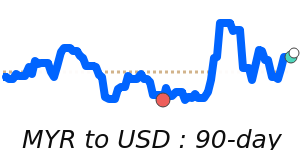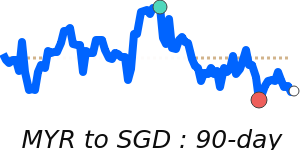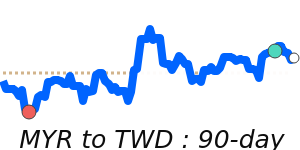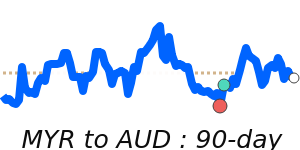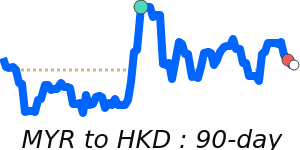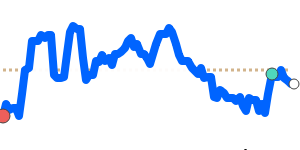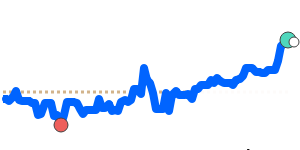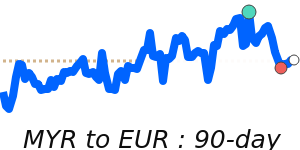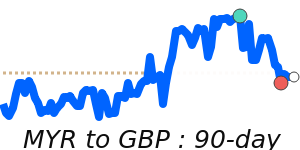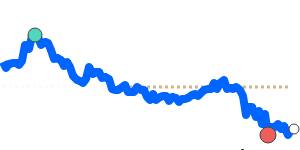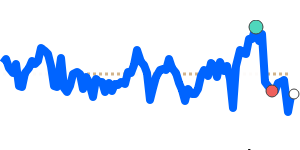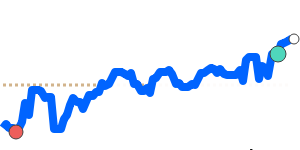The Malaysian Ringgit (MYR) has recently appreciated to a 13-month high against the US Dollar, driven by expectations of a Federal Reserve rate cut and positive economic growth prospects in Malaysia. According to analysts, this upward momentum is supported by a positive trade balance and strong foreign direct investment inflows, particularly seen in the electronics and commodities sectors, fostering greater investor confidence in the MYR.
Trade agreements secured during the recent ASEAN Summit 2025, which include tariff exemptions on over 1,700 products with the US, further bolster the MYR’s position. Reports highlight that these developments have been pivotal in enhancing Malaysia’s export performance, thereby contributing to the currency's strength.
Currently, the MYR to USD exchange rate sits at approximately 0.2429, marking a 90-day high and 1.8% above its three-month average of 0.2387. The currency pair has displayed a stable trading range, fluctuating within 2.7% from 0.2364 to 0.2429. Similarly, movements against the Euro and the British Pound reflect this trend, with the MYR to EUR at 0.2087 and MYR to GBP at 0.1823, both showing a 1.8% rise above their respective three-month averages.
The MYR's performance against the Japanese yen is noteworthy as well, currently hitting 37.69, which is significantly above its three-month average of 36.25, albeit with greater volatility in its trading range. Such fluctuations can be attributed partly to the recent movements in oil prices, with crude oil currently trading near 63.37 USD, 2.1% below its three-month average, underscoring the interconnected nature of commodity prices and currency valuations.
Market participants and analysts remain optimistic about the MYR's trajectory, amid ongoing fiscal consolidation efforts by the Malaysian government aimed at reducing deficits and boosting investor sentiment. As the currency continues to strengthen, businesses and individuals engaging in international transactions may find this a favorable time to capitalize on the MYR's appreciated value.
